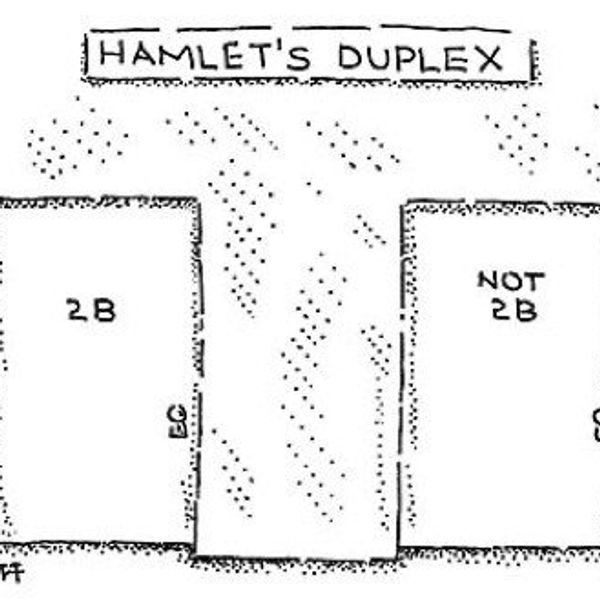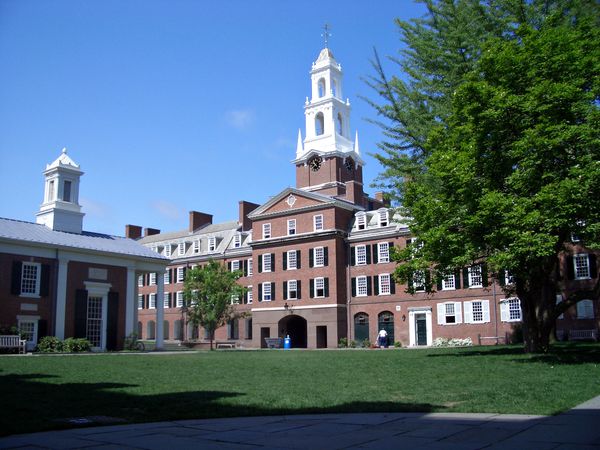If you have ever owned or currently traverse via bicycle in Richmond, you have likely noticed these markings on the street:

These markings containing a double arrow above a bike icon are known as "sharrows", and boy, is Richmond full of them. A portmanteau of "share" and "arrow", a sharrow is to signal drivers and bike riders to 'share the road'.
Penny-pinchers love them, because it allows the city to save an incredible amount of money. The cost to install a sharrow per mile is can be as cheap as $1,000 per mile to install, where as bike lanes can cost as much as $60,000 per mile. From an economic standpoint, it makes sense.
However, having cars traveling as fast as 35 miles per hour in a city whereas bikes will be traveling about a third of that speed can cause headaches and tensions between car and bike drivers. Here are ten reasons why sharrows are ultimately dangerous and not beneficial:
- Increased risk of automobile–bicycle collisions

When there is shared pavement between cars and bikes, as opposed to independent lanes for each mode of transportation, the risk of collisions and accidents between cars and bikes increases by as much as 50 percent. If anything, that number seems low.
- Slowed down automobile traffic

It's a common sight if you are on, say, Grove and Floyd Street's while driving in Richmond. How many times have you had to hit the breaks and look to see if there was no oncoming traffic in order pass around a cyclist? - Discourages bicyclists from traveling

With realtively little marking, no buffers, and being in the mix of auto traffic, it causes some cyclists to decide not cycle altogether due to safety reasons.- Promotes cyclists to ride on sidewalk
Let's stop and take an observation. Where would you rather ride a bike, this street or the sidewalk adjacent to it?
- Treats cyclists as secondary to automobiles

A lot of that can be said when the Virginia Department of Transportation numbers are broken down. Nearly two billion dollars are wasted thrown at roads while a fraction of that goes to "alternative transportation". Seeing a sticker on the road that says "here's where a bike can travel" emphasizes this disparity in transit funding.- Less likely for drivers to notice sharrow markings

One cyclist in Raleigh,NC referred to a sharrow as a "waste of paint", and I cannot argue with her there. There is a sense of fear from cyclists that drivers do not seem to notice them, narrowly missing cyclists or even hitting cyclists. - No safe area on roads for bicyclists
![]()
With laws saying that cyclists need to be three feet away from parked cars, they are essentially in the middle of the driving lane and making it very difficult for cars to pass by drivers without the chance of a head-on collision with another car or cyclist.- Higher risk for cyclists than no biking infrastructure at all
![]()
A recent study by the University of British Columbia has noted that in fact, sharrows are more dangerous for cyclists than they are helpful; having sharrows is worse than having no cycling infrastructure at all. Much of this can be attributed to the fact that drivers are more likely to be more aggressive to cyclists around sharrows. However, this is greatly reduced when there are segregated bike lanes independent of the roadway.






























